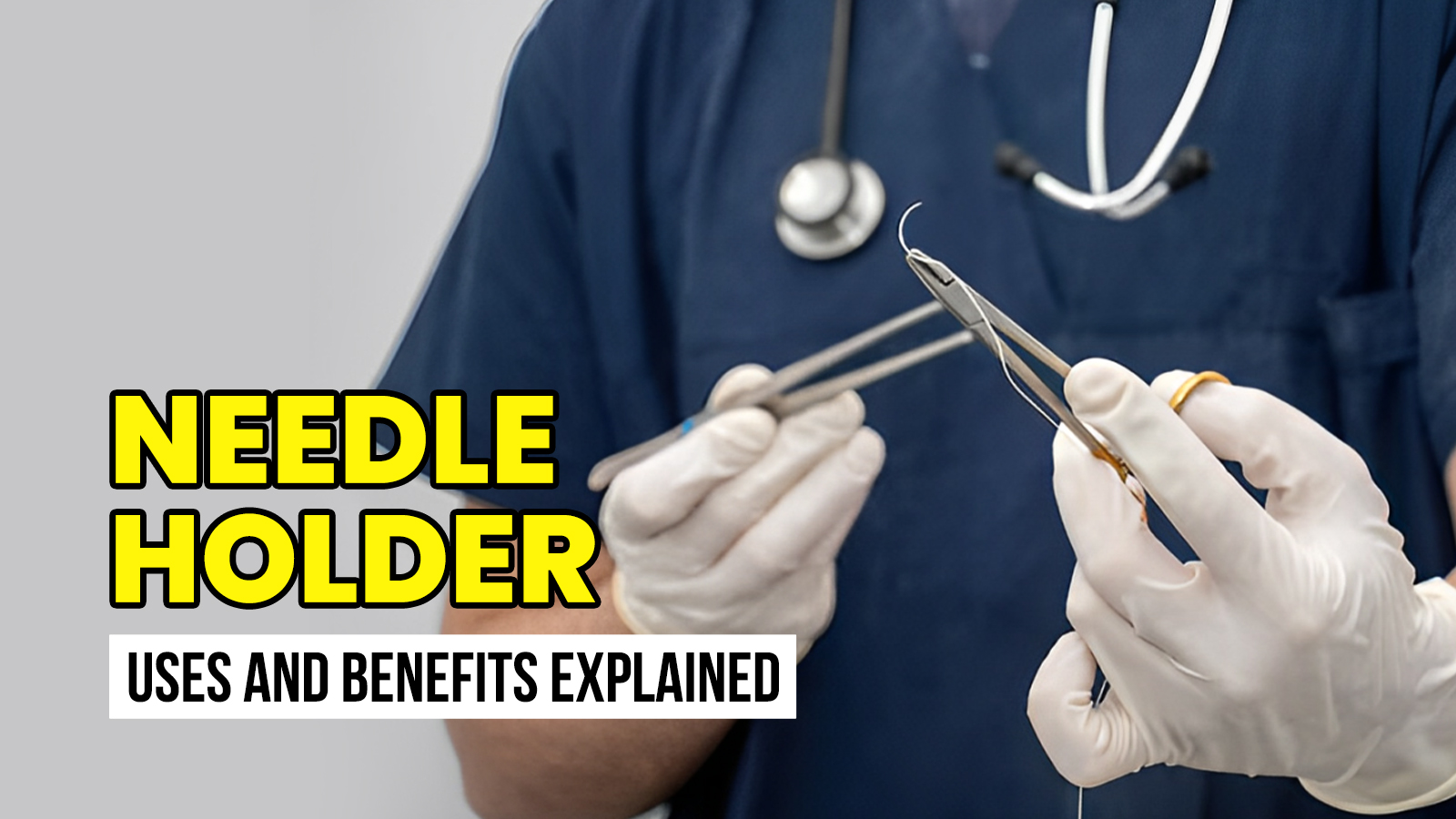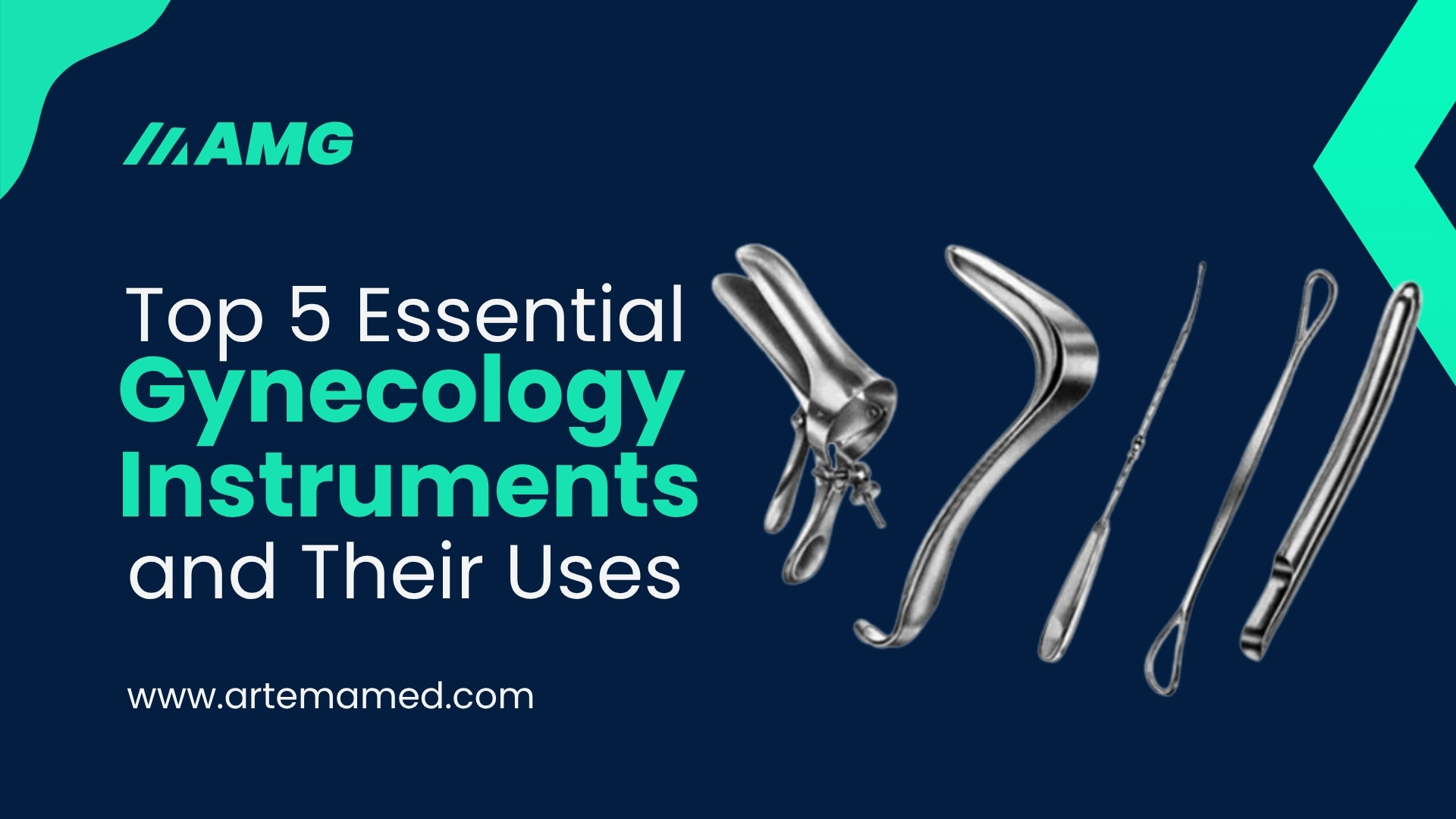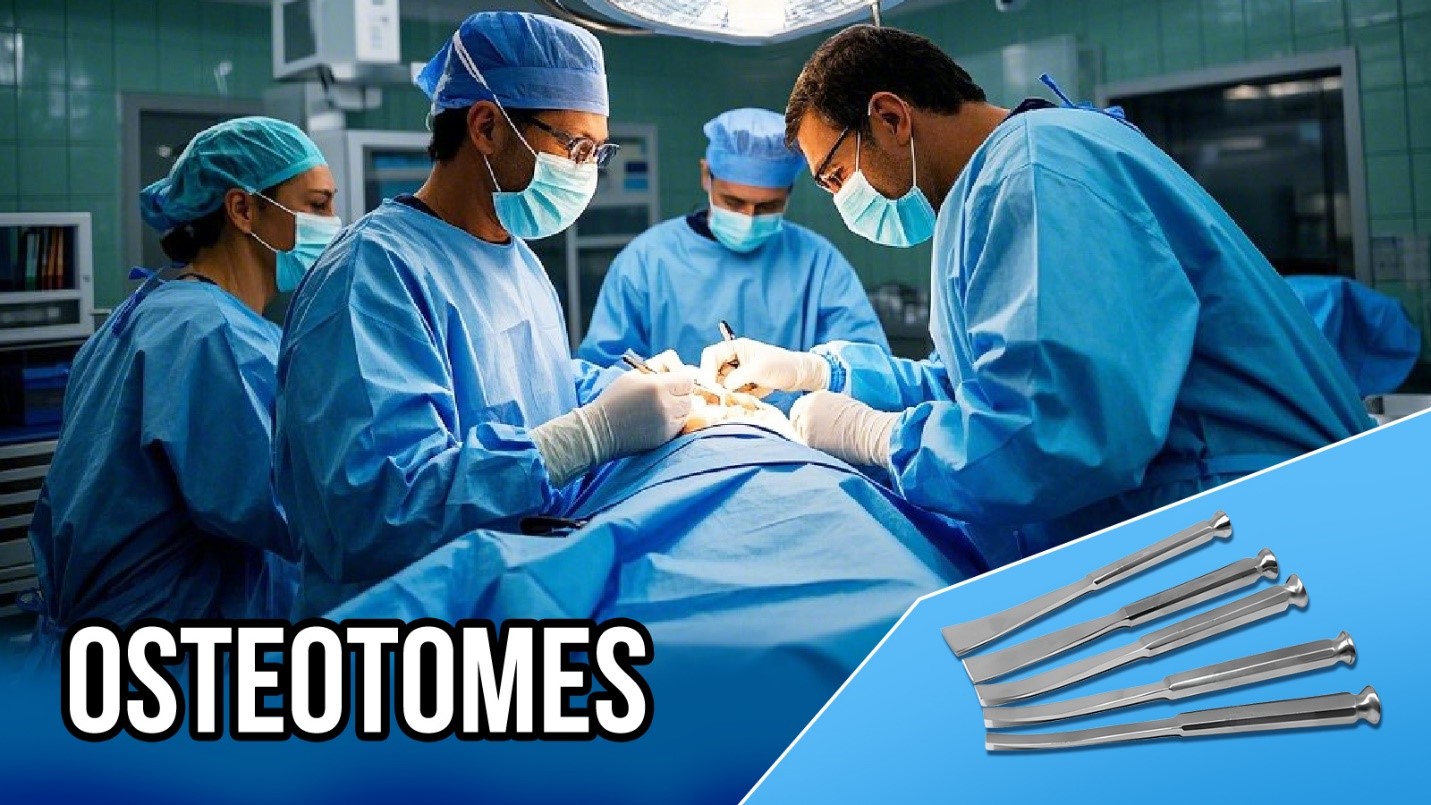Types of Medical Equipments and Their Role in Healthcare Medical equipments are an integral part of our healthcare system. They are defined as instruments, devices, or software developed to be used in humans for prevention, diagnosis, control, and car

Strong 8k brings an ultra-HD IPTV experience to your living room and your pocket.
Medical equipments are an integral part of our healthcare system. They are defined as instruments, devices, or software developed to be used in humans for prevention, diagnosis, control, and care. They can be found in homes, clinics, and hospitals, from the patient's room to the operating blocks. The availability and optimal utilization of these medical tools contribute to the improvement of the quality of health services.
Types of Medical Equipments:
Medical equipment can be broadly classified into two categories based on their operations. Electrical and Non-Electrical Operators. Both play crucial roles in healthcare, each having specific applications based on the needs of the patient and the healthcare setting. Let's discuss them one by one.
Electrical Operators:
Electricity operators rely on electricity to function. They are critical in various medical fields, especially cardiology, neurology, and orthopedics.
Pacemakers
A pacemaker is a small electronic equipment implanted in the chest or abdomen to treat Bradycardia and Tachycardia (irregular heartbeats). The equipment consists of a pulse generator that produces electrical signals and carries them to the heart. These electrical signals generate impulses and send them to the heart through electrodes. The impulses regulate the rhythm of the heart.
Ventilators
Ventilators are medical devices that help or control a patient's breathing or maintain oxygen levels by pumping air into the lungs. They are commonly used in intensive care units (ICUs), emergency settings, and during surgery. Depending on the patient's needs, they deliver a set amount of air and pressure.
Doctors use ventilators if a person cannot breathe on their own. It generally treats Acute Respiratory Failure, surgery, and chronic respiratory conditions.
Defibrillators
A defibrillator restores normal heart rhythms by delivering an electrical shock to the heart. This phenomenon is known as defibrillation. It facilitates surgeons in emergencies for severe heart problems such as ventricular fibrillation and tachycardia. Defibrillators can provide a higher intensity shock than pacemakers, aiming to reset the heart's electrical activity.
Implants
Implants are medical tools or tissues that restore function or replace damaged body parts. These equipments play a central role in various fields of surgery, such as:
1. Neurological implants, e.g., Cochlear implants for hearing.
2. Ophthalmic implants, e.g., Intraocular lenses after Cataract surgery.
3. Dental implants, e.g., For replacing missing teeth.
Implants are specifically designed for the unique needs of each field, ensuring the restoration of essential body functions.
Stimulators
Stimulators deliver electrical impulses to specific organs in the body to restore their function or to reduce pain. The following are the main types of Stimulators:
Vagus nerve stimulators: For the treatment of epilepsy and depression.
Spinal cord stimulators: For managing chronic pain.
Deep brain stimulators: To treat neurological conditions like Parkinson's disease.
These equipments have a pulse generator implanted under the skin, with leads positioned near the affected nerves or organs.
Non-Electrical Operators:
The non-electrical operators do not require electricity but play a significant role in surgical and diagnostic procedures. They range from simple tools like surgical instruments to more complex equipments like stents.
Stethoscopes
A stethoscope is a fundamental diagnostic tool used to assess a number of diseases and plays a central role in clinical practice. It helps transmit the sounds from the patient's body to the ear of the practitioner for the auscultation of the heart.
Stents
Stents are small, expandable metal tubes used to open narrowed arteries in angioplasty. They are crucial for treating coronary artery disease, allowing blood to flow freely, and preventing artery closure after a procedure.
Cannulas
Cannulas are hollow tubes introducing fluids, gases, or medications inside the body. They are commonly used in procedures like intravenous therapy, tracheostomies, and oxygen administration. Types of cannulas may include:
Intravenous cannulas
Tracheostomy cannulas
Oxygen cannulas
Surgical Instruments
Surgical instruments also fall into the category of non-electrical operators. They are used during surgeries for cutting, suturing, or manipulating tissues. These include instruments for orthopedic, gynecological, and dental procedures.
Contact Lenses
Contact lenses are a non-invasive solution to improve vision, used primarily as an alternative to eyeglasses. They are considered medical equipments in ophthalmology and treat refractive errors like myopia, hyperopia, and astigmatism.
Conclusion:
In conclusion, medical equipments are a cornerstone of modern healthcare, with applications ranging from cardiac care to orthopedic treatments. These equipments, electrical and non-electrical have revolutionized how healthcare providers treat and manage diseases. As technology advances, the medical equipment industry will continue to grow, introducing innovative solutions that enhance the quality of life for patients.
Please visit our website, Artema Medical, for more information.
Note: IndiBlogHub features both user-submitted and editorial content. We do not verify third-party contributions. Read our Disclaimer and Privacy Policyfor details.







